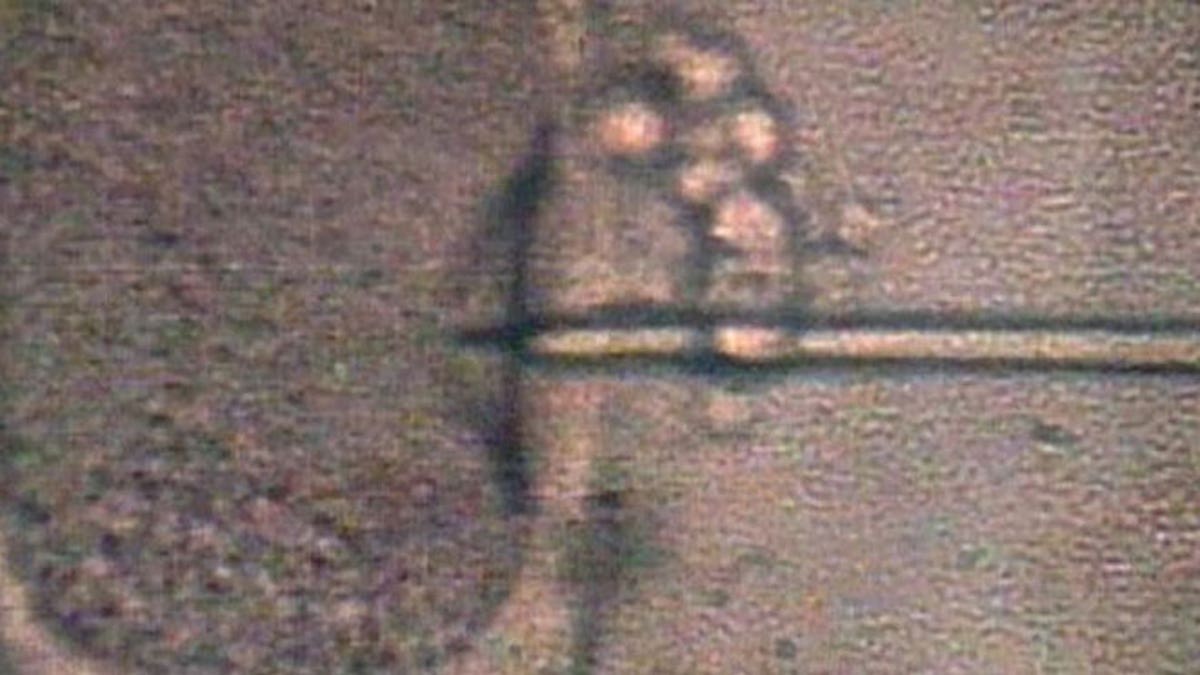
Recent studies suggest IVF success rates fall from about 24 percent in women ages 38-39 to nearly 1 percent among those ages 44 and over. But a new study offers a promising solution for older women hoping to conceive using the alternative fertility treatment: retrieving eggs from the ovaries at an earlier stage of the IVF process.
In the study, published Wednesday in the Journal of Endocrinology, scientists found that cells that aid in the development of eggs become less effective after age 43, which leads to the egg being impeded by hormones that are usually only released after ovulation. According to a news release, drawing eggs from smaller follicles at an earlier stage in IVF may minimize this risk, thus increasing the chance of better-quality embryos and improving pregnancy rates.
"We used to think that aging eggs were responsible for poor IVF success rates in older women, but here we show that it is more due to the aging of the egg's environment,” Dr. Yanguang Wu, embyrologist and associate scientist at the Centre for Reproductive Medicine, said in the news release.
Wu and his team compared the reproductive tissue of women ages 21 to 29, women 30 to 37, and older infertile patients ages 43 to 47 to analyze why IVF success rates fall as women age. They found that granulosa cells, which help eggs inside the ovary grow, were less likely to multiply in the older women compared to the younger groups. Study authors said this was because older women’s granulosa cells produced fewer cell receptors for follicle-stimulating hormone (FSH) and more cell receptors for luteinizing hormone (LH) and progesterone. This process increases the risk of early luteinisation, thus preventing the ovaries from maturing more eggs and preparing the uterus for pregnancy.
This issue typically happens following ovulation, but scientists observed that if triggered before the egg has left the ovary, this so-called false start reduces the likelihood of pregnancy.
According to the news release, conventional IVF involves the injection of the hormone chorionic gonadotropin (hCG), which prepares the egg for harvesting, after egg follicles reach a certain size. But Wu and his team saw that when administering hCG earlier, when the follicle size was 16mm rather than the usual 19-21mm, it was less likely to have been affected by premature luteinisation. Although the harvested eggs were more immature, they ended up producing a higher number of quality embryos, thus increasing the women’s chance of pregnancy success compared to ordinary treatment.
"While larger studies with more patients are needed to confirm our results, we have a new insight into ovarian ageing,” Wu said in the release, “and we hope this will help produce new strategies for improving pregnancy outcomes in older women.”
